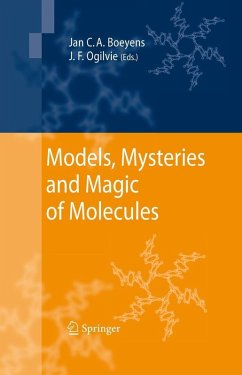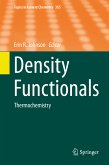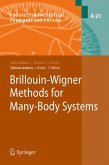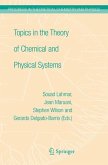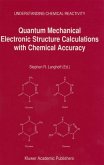The understanding of molecules and the dynamics of their transition between isolated and assembled states rests on three pillars: structure, activity and function. Enormous progress has been made in the experimental study of molecules by diffraction and spectroscopic analysis, directed at all three of the basic aspects. In the process molecular scientists have developed efficient working models in terms of which to design and interpret their experiments. A vital feature of such models is an understanding of intra- and intermolecular cohesion and assembly, or chemical bonding. One challenging aspect is that the working models of chemistry are notoriously difficult to reduce to the fundamental theories of the physical sciences.
The Indaba 5 meeting, held in South Africa during August 2006, was aimed at the progress that is being made to achieve first-principle understanding of molecular science: structure and dynamics (that includes bonding), activity and function. An interdisciplinary international team of experts came together to document and to probe various aspects of these fundamental questions and their startling conclusions confirm the need for a fresh look at the physical sciences with a view to better understand the mysteries and magic of molecules.
This book explores the common ground to guide chemists, biologists, crystallographers, spectroscopists and theorists into a deeper recognition of their individual relevance towards painting a holistic picture of scientific endeavour. This effort to stimulate interest in multidisciplinary research is rare, if not unique.
Dieser Download kann aus rechtlichen Gründen nur mit Rechnungsadresse in A, B, BG, CY, CZ, D, DK, EW, E, FIN, F, GR, HR, H, IRL, I, LT, L, LR, M, NL, PL, P, R, S, SLO, SK ausgeliefert werden.

